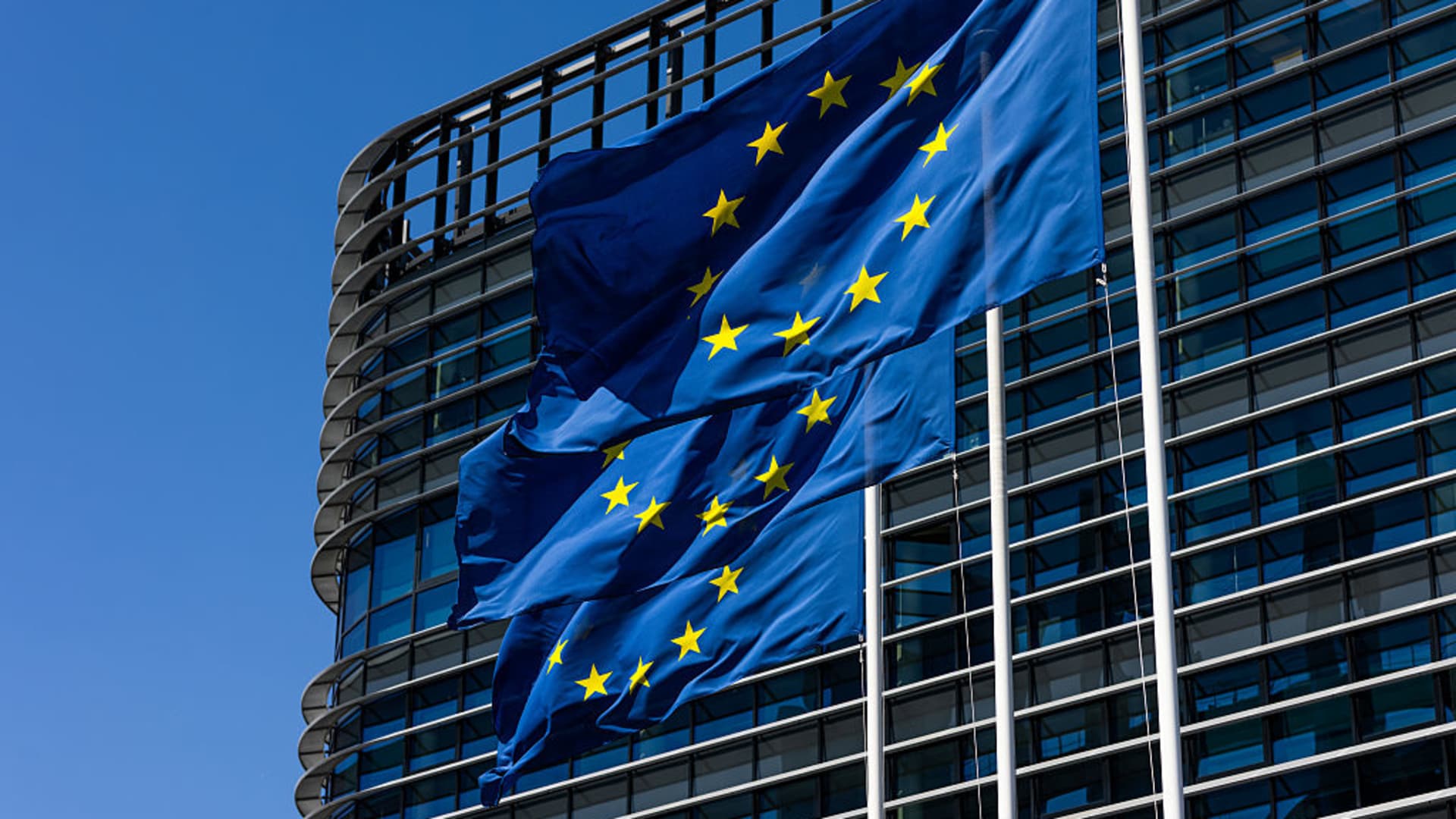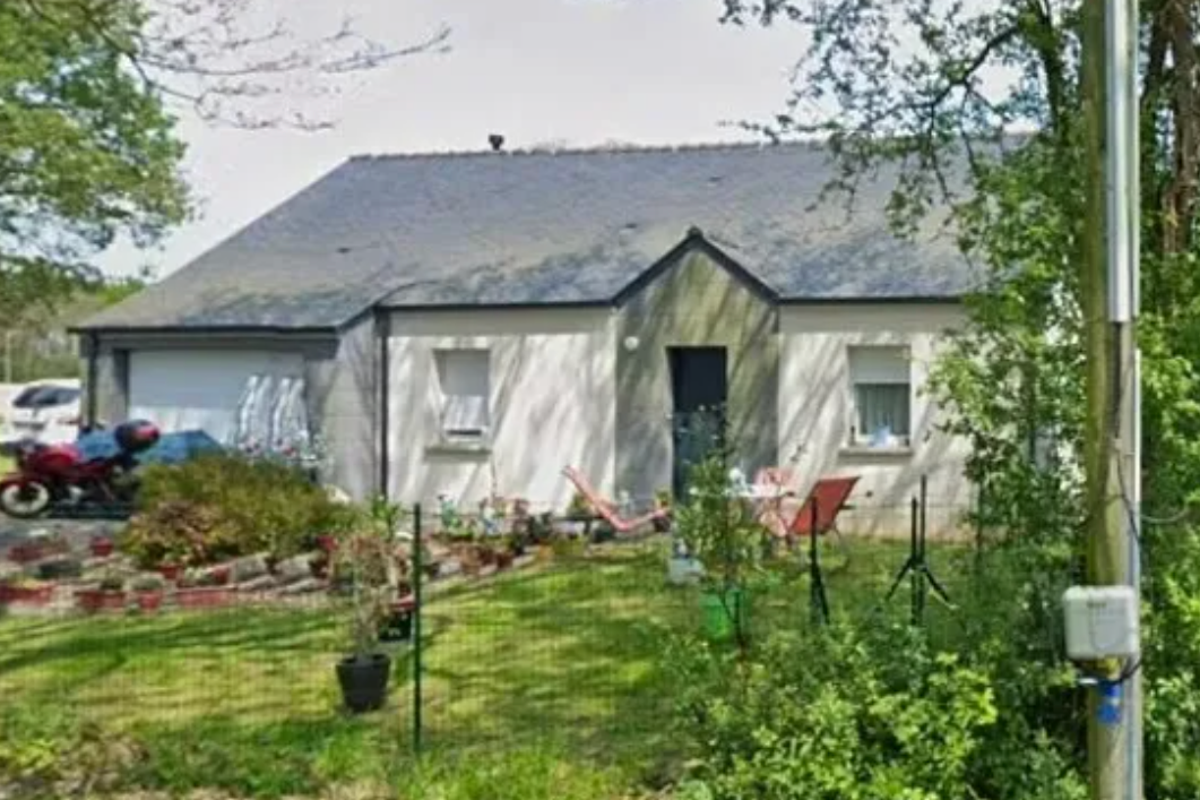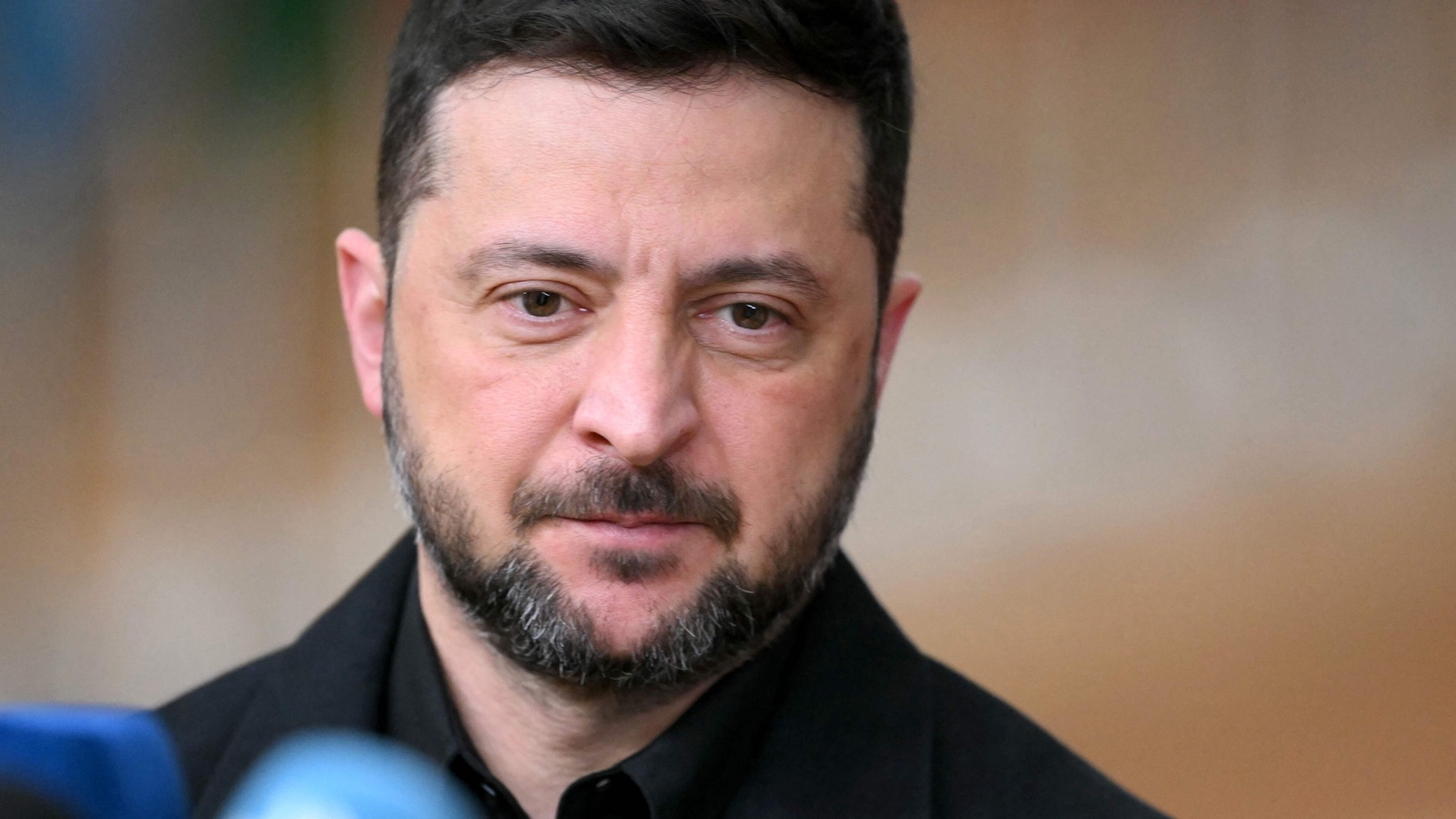The flags of the European Union fly in front of the European Parliament.
Philipp von Ditfurth | dpa | Picture Alliance | Getty Images
President Donald Trump said Saturday the U.S. will impose a 30% tariff on goods from the European Union and Mexico that will take effect on Aug. 1.
Trump revealed the new rates in letters to European Commission President Ursula von der Leyen and Mexico’s President Claudia Sheinbaum, which he posted on his social media site Truth Social.
“Mexico has been helping me secure the border, BUT, what Mexico has done, is not enough,” Trump wrote to Sheinbaum.
Trump said that there will not be tariffs on goods from the EU if the 27-member bloc, “or companies within the EU, decide to build or manufacture product[s] within the United States,” he wrote.
He said that if the EU or Mexico retaliates with higher tariffs, “then, whatever the number you choose to raise them by, will be added on to the 30% that we charge.”
The EU was seeking at least a preliminary agreement that would spare it from becoming the latest recipient of a letter from Trump dictating a new, across-the-board tariff on its exports to the U.S.
However, it still received a letter from Trump threatening new tariffs, despite both sides having recently signaled progress in their negotiations after Trump backed off a threat to slap 50% tariffs on the bloc.
“Imposing 30 percent tariffs on EU exports would disrupt essential transatlantic supply chains, to the detriment of businesses, consumers and patients on both sides of the Atlantic,” von der Leyen said in a statement.
She said the EU remains “ready to continue working towards an agreement by August 1.”
“At the same time, we will take all necessary steps to safeguard EU interests, including the adoption of proportionate countermeasures if required.”
The EU collectively sells more to the U.S. than any single country: Total U.S. goods imports from the EU topped $553 billion in 2022, according to the Office of the U.S. Trade Representative.
Trump has sent similar letters to 23 other U.S. trading partners this week, including Canada, Japan and Brazil, setting blanket tariff rates ranging from 20% up to 50%.
The letters mostly frame the new tariff levels as a necessary part of the Trump administration’s efforts to quickly establish a more “reciprocal” global trade landscape.
Trump had attempted to do that in one fell swoop with his “liberation day” tariff announcement on April 2, when he imposed a nearly global 10% tariff and slapped higher duties on imports from nearly 60 individual countries.
The announcement prompted days of frenzied selling in global markets. Trump put a 90-day pause on nearly all of the higher tariffs a week later.
His trade officials suggested that the U.S. could strike as many as 90 new trade deals during that interval. But by the time the pause was set to expire on Wednesday, the administration had only hashed out preliminary agreements with the United Kingdom and Vietnam.
Trump on Monday extended that tariff pause until Aug. 1. The tariff rates he set in his recent spate of letters are all scheduled to kick in on the same day.
Trump told NBC News on Thursday that he plans to ratchet up his global tariff baseline rate as high as 20%.
“We’re just going to say all of the remaining countries are going to pay, whether it’s 20% or 15%. We’ll work that out now,” Trump said.
This is breaking news. Please check back for updates.


